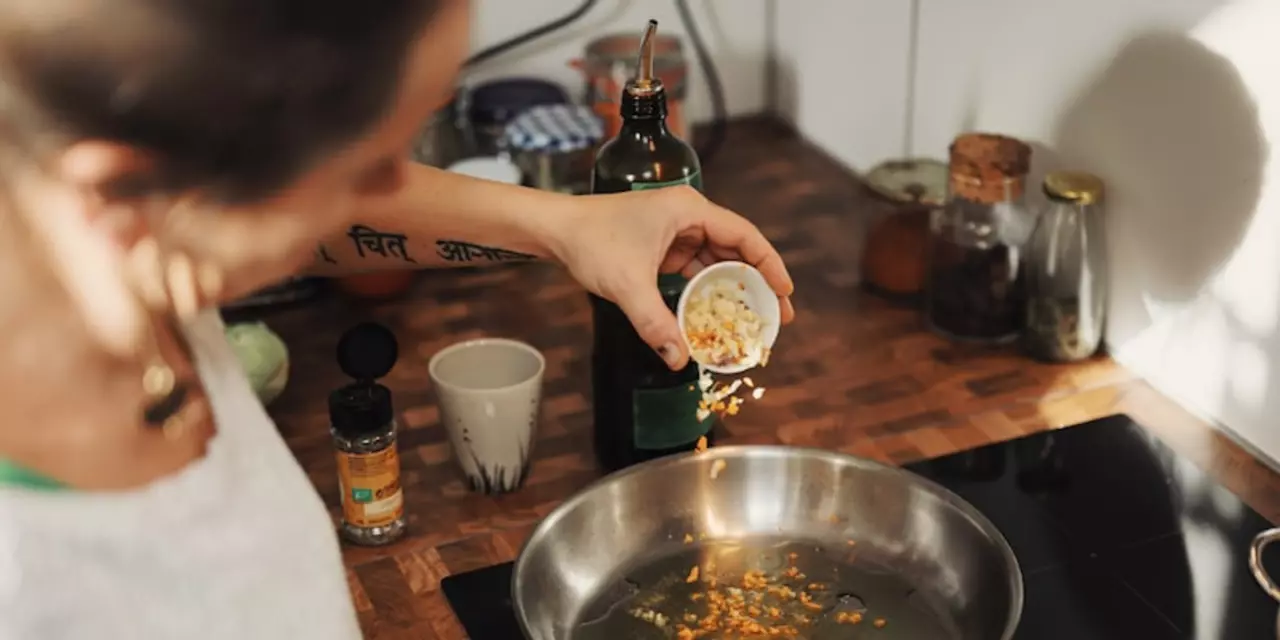Spices are a critical part of Indian cuisine, providing unique flavors and aromas that bring out the best in dishes. Without spices, Indian food is incomplete and lacks the vibrant, complex flavors that make it such a beloved cuisine. From hot chilies to aromatic cumin and cardamom, the combination of spices gives Indian dishes their unique flavor. Spices also impart their own health benefits, including antioxidant, anti-inflammatory and digestive properties. For me, Indian food is simply not the same without its signature spices, and eating it without them is like eating a dull and tasteless dish.
What Exactly Is Flavor and Why It Matters
When you hear the word flavor, you probably think of food, but it’s way more than that. Flavor is the blend of taste, smell, texture, and even sound that creates a whole experience. It influences everything from the dishes you love to the memories that pop up when you smell a spice. Understanding flavor helps you enjoy meals better, cook smarter, and appreciate the cultural stories behind each bite.
How Flavor Shapes Culture
Every region has its own signature flavor profile—think of the heat of Indian chilies, the umami of Japanese miso, or the tangy zest of Mexican lime. These flavors didn’t just appear overnight; they evolved with local ingredients, climate, and history. For example, Indian cuisine relies heavily on cumin, coriander, and turmeric because those spices thrived in the sub‑continent’s soil and trade routes. When you taste a dish, you’re actually tasting centuries of tradition.
Because flavor is tied to identity, it can be a powerful way to connect with people. Sharing a family recipe or trying a new street food can open up conversations about heritage, travel, and even personal memories. So the next time you eat something familiar, ask yourself: what story is this flavor telling?
Practical Tips to Boost Your Flavor Game
Want to make your home cooking more exciting? Start by balancing the five basic tastes—sweet, salty, sour, bitter, and umami. A pinch of salt can brighten a sweet dessert, while a splash of citrus can cut through rich sauces. Don’t forget aroma: freshly crushed herbs release essential oils that elevate any dish.
Another easy hack is to layer flavors. Begin with a base (like onions sautéed in oil), add spices at different stages, and finish with a fresh garnish. This method builds depth without needing exotic ingredients. If you’re unsure where to start, pick one spice you love and experiment—add it to soups, stir‑fries, or even roasted veggies.
Finally, trust your senses. Taste, smell, and even listen to the sizzle of food as it cooks. Those subtle cues tell you when a dish is on track or needs a tweak. Over time, you’ll develop an intuitive feel for balancing flavors the way a seasoned chef does.
Whether you’re a curious eater, a budding cook, or just love talking about food, flavor is the bridge that connects all of us. Dive into your pantry, explore new spices, and let every bite tell a story. Happy tasting!
